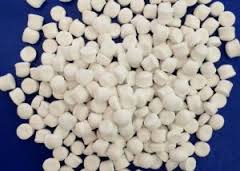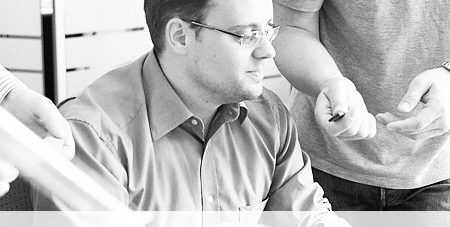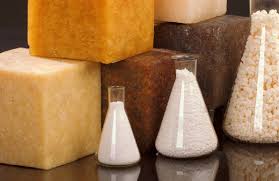Vulcanization process of rubber
Rubber vulcanization process can be divided into four curing stages: scorch stage, pre-sulfur phase, sulfur phase, over-sulfur phase.
(1) Scorch stage, also known as the curing induction period, at this stage, cross-linking has not yet begun, the compound in the model have good mobility. Rubber vulcanization start speed, directly affect the rubber scorch and operation safety.
(2) Pre-sulfur phase, after the scorch rubber began to cross-linking stage. At this stage, due to low degree of cross-linking, rubber products should have most of the performance is not obvious. However, the late stage of this stage, the product slightly sulfur, although the product tensile strength, elasticity, elongation and so has not yet reached the desired level, but its anti-tear wear resistance and dynamic crack resistance is better than Vulcanized rubber compound.
(3) The sulfur phase, in most cases, the vulcanization products must be made to achieve the appropriate degree of cross-linking, to achieve the appropriate degree of our joint phase is called vulcanization, the sulfur phase. At this s tage, the physical and mechanical properties of vulcanized rubber are not at the same time reached the highest value, but were close to or close to the best value, the best overall performance. The temperature and time taken at this stage are called the normal vulcanization temperature and the positive cure time.
tage, the physical and mechanical properties of vulcanized rubber are not at the same time reached the highest value, but were close to or close to the best value, the best overall performance. The temperature and time taken at this stage are called the normal vulcanization temperature and the positive cure time.
(4) Over-sulfur phase, after the sulfur phase, continue to enter the sulfur curing stage. Cross-linking reaction and oxidation and thermal chain-breaking reaction throughout the rubber vulcanization process always, but at different stages, these two reactions occupy different status, in the sulfur phase oxidation and thermal chain-off reactions are often dominant, Therefore, there will be physical and mechanical properties of rubber material decreased phenomenon.

 English
English

